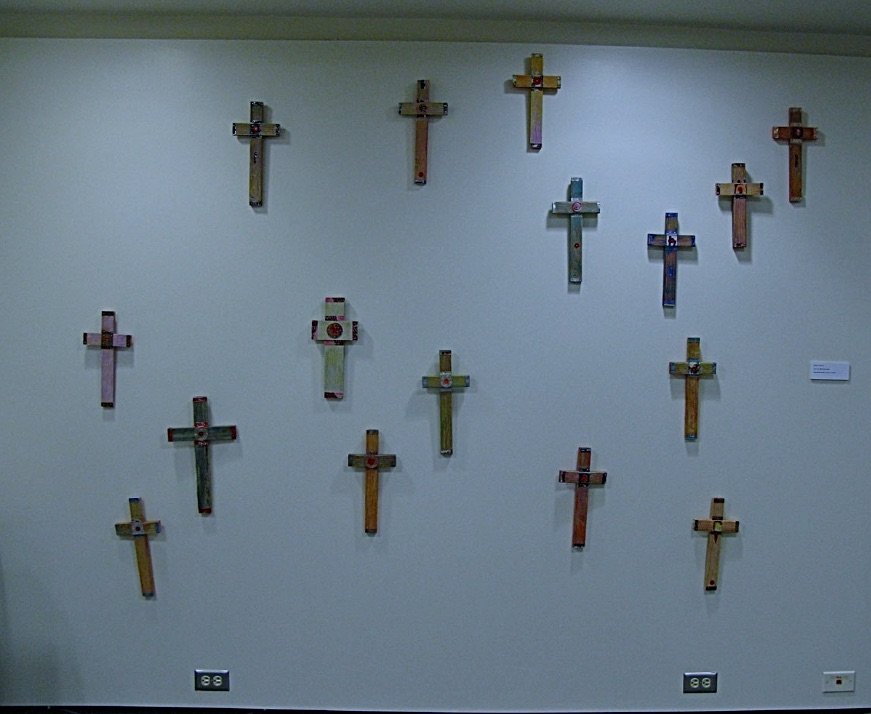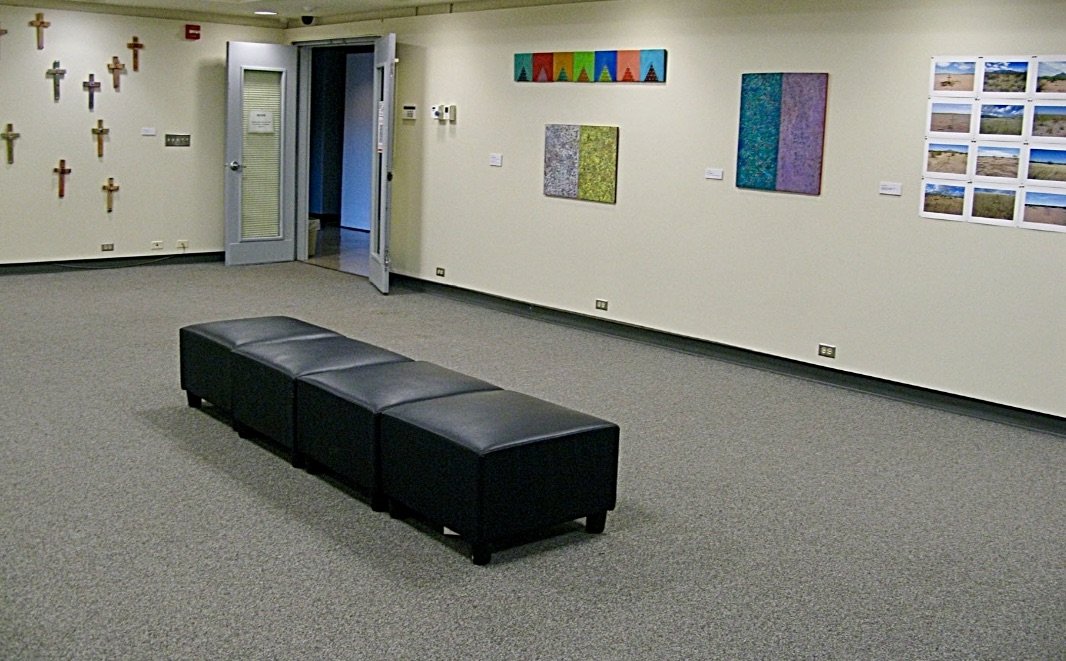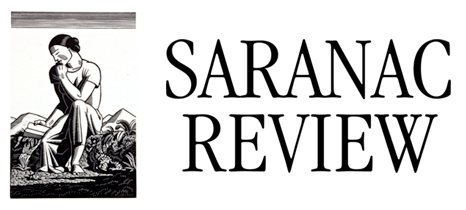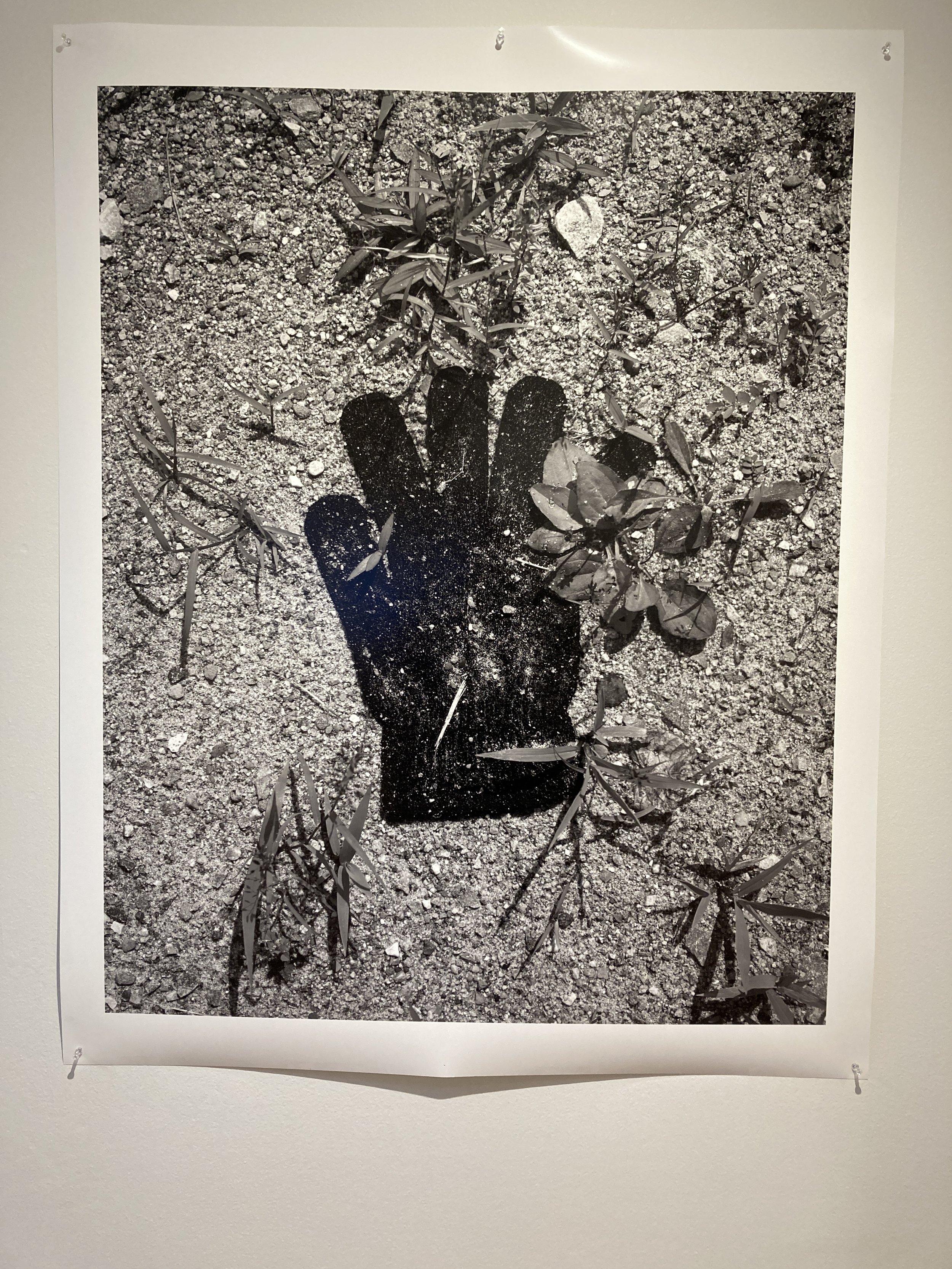Borders: Journeys Through the North and South
At our very own Plattsburgh State Art Museum, SUNY Plattsburgh students and the larger community got to experience the work of artists Bill Dowell, Alvaro Enciso, Ruth Kaplan, and Paula Allen from October 11, 2023 to March 8, 2024. The Borders: Migrations North + South exhibit shed light on the various challenges that people face at the border itself, as well as the challenges that forced them to consider crossing in the first place. The main thing I took away from this exhibit is that there are so many stories of people going through the hardships of traveling across the border for some sense of freedom.
My grandma immigrated from Haiti to the U.S. when she was a kid, after her father ended up being persecuted—simply for having a decent life. Haiti’s government hasn’t been stable in a long time, and without a stable government, the people suffer. And when people are suffering, envy is more likely to get its sickly claws into the people who are less fortunate as they gaze upon people who seem to be doing better. My great-grandpa was harassed and threatened, and he ended up being arrested. From what I understand, he was charged for a crime that didn’t exist. He knew if he stayed in Haiti after that, he probably would have ended up being killed. So he gathered the family he could, having to leave his eldest daughter, since she was already married, and then set off to the U.S.
This insecurity and danger is the reality many people are trying to escape before starting their journey to get into the U.S. This is why I’m so drawn to this topic. My grandmother’s entrance into the U.S. wasn’t as treacherous as it is for many other immigrants, but there’s a sense of sacrifice and hardship behind all border crossings. The Borders exhibit reveals what remains invisible to many.
I’ll be taking a deeper look into the artists Alvaro Enciso and Bill Dowell and their art works focused on both the southern and northern borders. There always seem to be some biases when it comes to the people who cross the border, or people just think about the southern border and not the northern border at all. By focusing on both the north and south, Enciso and McDowell provide us with a new perspective on the people and the journey to cross into the U.S. for a better life.


One of Alvaro Enciso’s works I want to focus on is his series “Donde Mueren Los Sueños” (“Where Dreams Die”). He created these small wooden crosses with a red metal circle right where the boards connect to mark where migrants have succumbed to the harsh environment of the desert. In my Fall semester, Enciso visited my Sociology of Race and Equity class. He explained that the government has actively made it harder for people to get into the US. Regardless of the vast number of people dying of starvation, the heat, and dehydration during the Sonoran desert crossing, the number of people lost is unknown due to the fact that some deaths have simply not been documented. Enciso dedicates a large portion of his time marking where these hopeful people died, while also making sure their stories are known. His work has gained more traction as people find his crosses in the desert. Some leave care packages at different checkpoints along the routes people use to travel through the Sonoran desert. The series shows viewers the vast loss of life, and it gives these deaths a physical body–not just a number.
The artist Bill McDowell focuses his eye on the northern border in Champlain, New York. His photographs are of various objects that people had to leave behind crossing into Canada. Objects range from various forms of currency from countries where various migrants were escaping from, to simple children's toys that couldn’t continue through the journey. One specific item that really struck a chord with me is the ripped up remains of an asylum letter. The letter is a story of strife and a wish for safety, and I really do hope that the writer of the letter is doing well. Seeing these objects and letters makes you appreciate the fact that the U.S. still has the freedoms it does.
While the northern border at Roxham Road (which closed in March)., doesn’t see nearly as many people crossing it as its southern counterpart, there are still so many people taking the risk to get to some place better. Everything that these people were forced to leave behind tells a story of why they’re making the journey and who they’re bringing along with them. So many families looking for a better life for their children, or escaping unfortunate circumstances.
In the end, we’re all just people wishing for something better.




